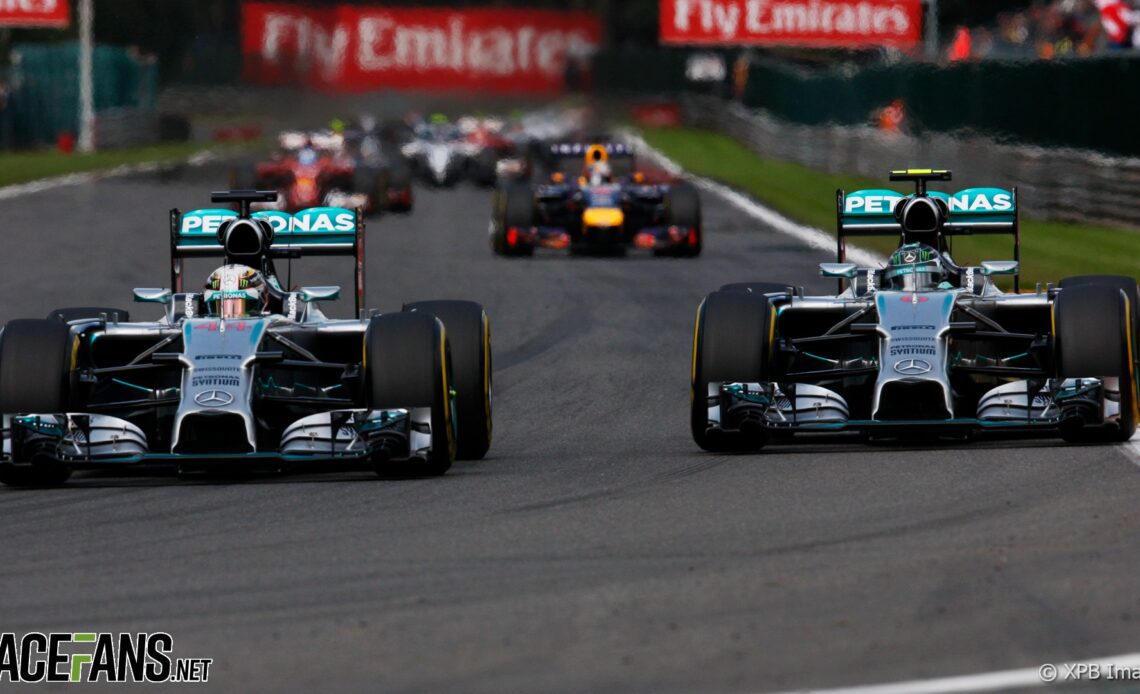Formula 1 is a sport that loves to reinvent itself, drastically rewriting its rulebook from time to time in a bid to make cars either faster, slower, more efficient – or to ‘improve the show’.
The 2022 F1 season is one of those years that will see a major shake-up of how cars look and operate. With heavily reworked bodyshapes and the reintroduction of ground-effect floors to generate downforce, the sport’s bosses hope to create closer, more exiting races.
But does the overhaul of the technical regulations mean this season will be more competitive, or will the new formula see the one team that makes the best job of adapting to it sweep both championships with relative ease?
It is a phenomenon seen multiple times before. Who can forget when radical new regulations designed to improve racing were introduced back in 2009 and saw the Honda-designed Brawn BGP001 win six of the first seven races of the season? Or when McLaren lapped the field in the opening race at Melbourne back in…

